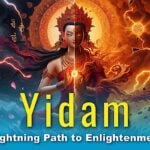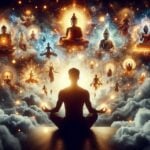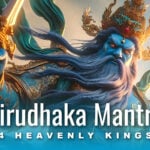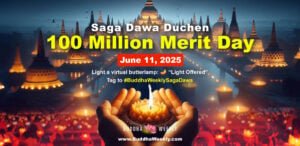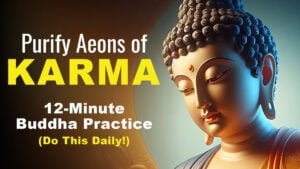Riding the breath: exploring chakras, meridians, and the subtle body; the quality of “I” and releasing the shackles of mind
Chakras, meridians, the central channel, kundalini, and the subtle or energy body. All of these terms, ideas, and words swirl around our current culture like never before. The historical significance and understanding of these differ greatly from our recent usage of them.
By Joshua Reichmann
The cultural containers that nurtured these practices were ones where an entirely different presumption of life, reality, the body and science was integrated.
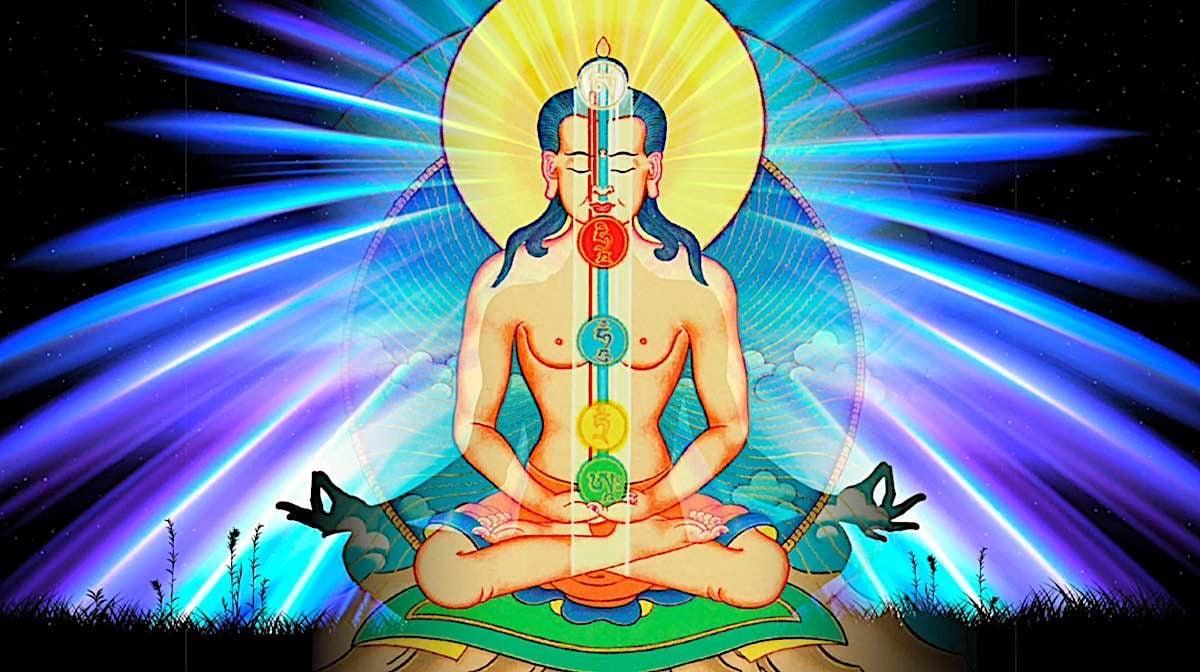
These days one is prompted to do kundalini yoga without a guru, without much teaching on the phenomenon, and yet with great promise. The result is a funny mix of dangerously fast tracking our processes, ignoring key instructions and methods, and yet often experiencing the effects.
- Editor’s Note: It is generally not recommended to undertake serious Kundalini Yoga or other advanced yogas without the guidance of a qualified teacher.
This can be confusing. Without the cultural lineages intact we can often be left afloat, navigating great change and mystical or profound evolutions to our minds and bodies while having no community or teacher to lean into.
Still, we have to work with what we’ve got. And while we currently mix these ideas into a stew, suited to our industrial time constraints and hyper-individualism we can find the benefits nonetheless.
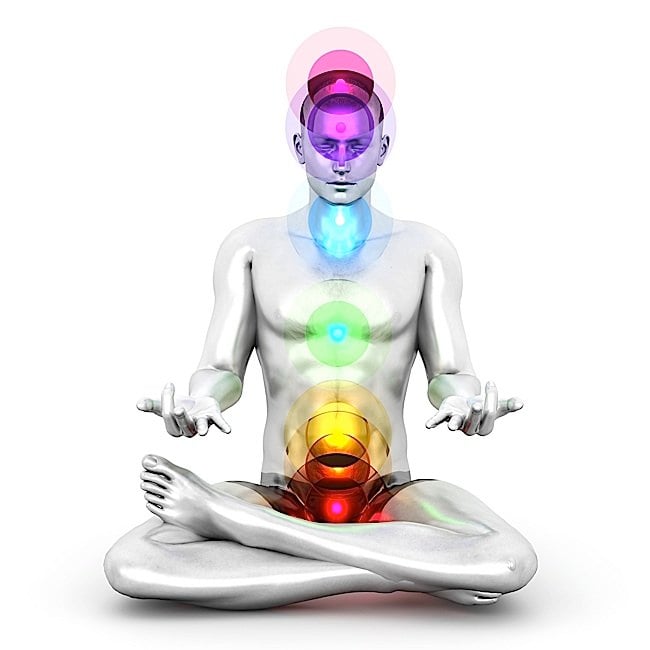
Whole body and mind
I’ve seen many yogis and Buddhists either retreating from these esoteric practices or running open arms into them. In truth, the whole body and its senses and relationship to the mind are part and parcel with our practice to become enlightened, or at least evolve.
Many practitioners are solely interested in the quality of mind they carry from moment to moment. Some see the quieting of the mind as the goal. Looking for samadhi or even layers of surrender and peace as the object of mindfulness.
Single-pointed focus, where the breath, the senses including our tactile sensations, and the quality of mental formations are enough to work with for one lifetime. Perhaps we don’t believe in subtle layers of energy where mind and body interact in the field of emotions stemming from karma.
But it is this synesthesia of the sense of self that holds an important key to realizing self, emptiness, and interdependence as taught traditionally.
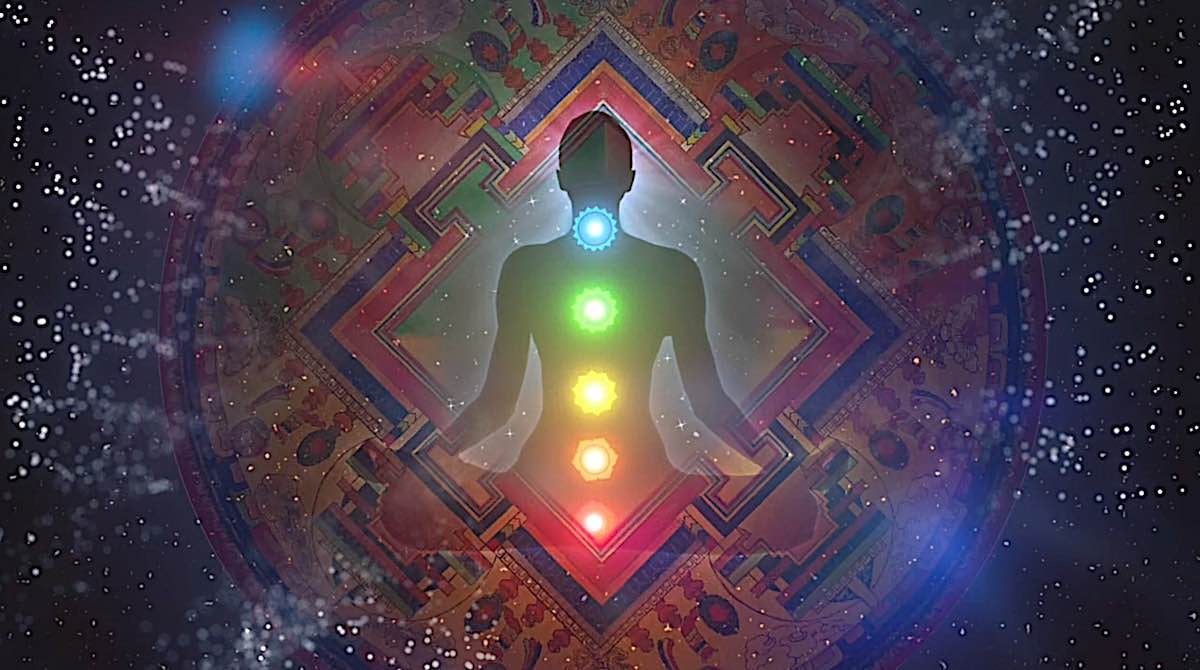
Riding the breath
The experience of certain practices such as simply working with the body and breathing with intent opens up new states of awareness and those can often showcase for us new realizations of our connectedness with the world we perceive as outside of ourselves, the roots of our ignorance and habits or karma and the pathways to transmute these.
If we learn with a teacher or through traditional Buddhist text how to navigate or ride the breath while feeling the body’s response and our reactions or responses to this we begin to see how mind permeates far more than what we call thought.
In our traditional practice, we make no final distinction between mental formations and senatorial impressions. Sort of the way our feelings, big emotions, and our judgments as language or conceptual based thoughts combine to generate our sense of self in time and space — we can also start to see phenomena as an energetic display like our body — reality is alive and this is where something mysterious opens up.
That display of energy seems to be occurring within us. But as we sit and move these energies we can begin to touch into our boundaryless natures.
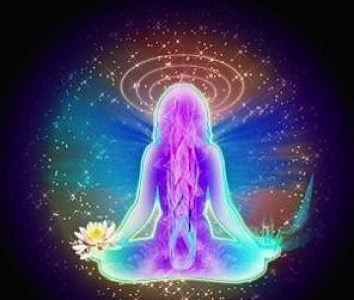
Ultimate reality
While in the mundane samsaric sense, we are organic sentient beings, and singular minds, we are also entwined with all phenomena in ultimate reality.
The reason our teachers have us work with deities or Buddhas is that by dislocating our sense of unique permanent selfhood we have a chance to “hook into” more evolved states of being that transcend our constrained views and beliefs of self.
By seeing the Buddha as not separate from or divorced from our natures we start to alter something deep within. The quality of mind and body that a Buddha inhabits is dimensionally far different than the one we humans lock ourselves into. And so, while we are certainly embodied here and now as people, we start to build our bodies. And energy as prime to embodiment links to mind as far as experience goes.
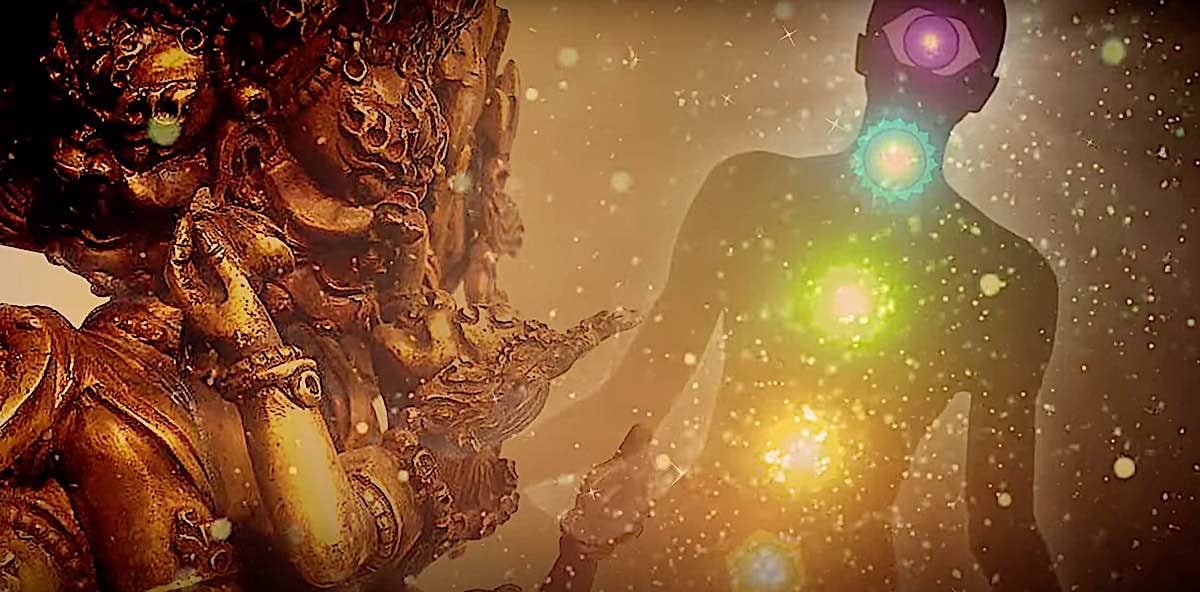
Quality of I
Our quality of “I”or consciousness itself starts to expand. Perhaps our very existence of consciousness evolves. Where before we saw things through a narrow lens of self and our ideas and suffering we start to integrate more and eventually all experience is altered.
There is something particular about meditation that incorporates visualizations, energy or physical states with our directed intention that moves us quickly up the ladder of evolution towards some realizations that we couldn’t do while simply concerned with our concentration on the conceptual or thought.
The hazard is of course that these methods of embracing the chakras, nadis or attempting to open the kundalini and into a self-cycling or awakened state will so quickly purify or alter our view that we won’t be able to keep up with what we are experiencing. Cleansing karma this way seems to accelerate our lives into new frontiers. Those can often be jarring. We confront our own defiled thinking and how trauma, confusion and old habits embedded deep within our psyche have been locking us into samsara. This is a necessary and ongoing process to awakening – but it is not for the faint of heart.
The groundless state
Who knows how life will change? As Trungpa and many teachers have warned us – the path leads to a groundless state. The parachute that aids us, the container that catches us or softens our process through the illusion of time – is our refuge. The refuge is in the awareness of interdependence. That Buddha Nature is part of interdependence and that we are in no way divorced or separate in any way from that nature. And that as a result we need simply proceed with a healthy caution as we release the shackles of mind and imprints of confusion from within our multidimensional deep energetic selves that entwine with all. At the bottom of that, all is a still point we may meet, this lifetime or perhaps the next.
More articles by this author
Search
Latest Features
Please support the "Spread the Dharma" mission as one of our heroic Dharma Supporting Members, or with a one-time donation.
Please Help Support the “Spread the Dharma” Mission!

Be a part of the noble mission as a supporting member or a patron, or a volunteer contributor of content.
The power of Dharma to help sentient beings, in part, lies in ensuring access to Buddha’s precious Dharma — the mission of Buddha Weekly. We can’t do it without you!
A non-profit association since 2007, Buddha Weekly published many feature articles, videos, and, podcasts. Please consider supporting the mission to preserve and “Spread the Dharma." Your support as either a patron or a supporting member helps defray the high costs of producing quality Dharma content. Thank you! Learn more here, or become one of our super karma heroes on Patreon.
Josh Reichmann
Author | Buddha Weekly
Josh Reichmann is a multi-disciplinary artist and dharma student-teacher. He relays epochal shifting visions through modernist views of spiritual practice, devotion, and creative artifacts.
His work engages clairsentience and poetry to spread Dharma and discuss the arising psychic template prevalent today.
Josh Reichmann teaches traditional meditation and uses visualization and energy work, leading recovery and mindfulness retreats for over six years. He is a student of Mahayana Tibetan Buddhism through the Gelugpa sect and uses other modalities to augment his offerings.
Josh Reichmann has released multiple musical recordings internationally and directed music videos and the feature film "Tenzin" which is spoken entirely in Tibetan featuring an all Tibetan cast. The film was presented to Cannes festival programmers on behalf of Telefilm Canada in 2018. His film work includes scriptwriting and creative direction.
Latest record link: https://joshreichmann1.bandcamp.com/releases




